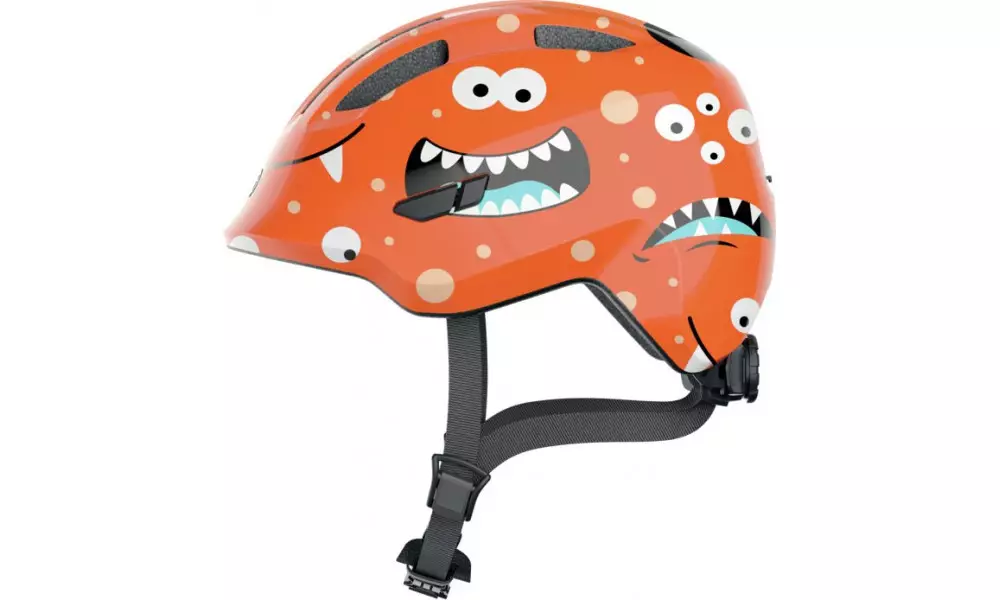Whether it’s a wobbly ride on a first bicycle or a fearless zip down the skateboard ramp, one thing is always true kids are going to push boundaries. It’s how they grow. And as parents or guardians, our job is to make sure they explore the world as safely as possible. That’s where helmets come in.
We often think of helmets in the context of motorbikes or extreme sports, but the truth is, a properly fitting helmet for kids should be part of any activity where there’s even a slight chance of a fall. From cycling and scootering to skateboarding or rollerblading, helmets aren’t just accessories they’re essential gear.
In this post, we’ll break down why choosing the right helmet matters, what features to look for, and how to get your child to actually want to wear one (spoiler: it’s possible!).
Why Helmets Matter So Much for Kids
Kids are naturally curious and energetic which means bumps and tumbles come with the territory. The head, unfortunately, is one of the most vulnerable areas during a fall. A strong, well-fitted helmet can dramatically reduce the risk of serious injury.
According to safety studies, helmets can reduce the risk of head injuries by as much as 85% in biking-related accidents. That’s not just reassuring that’s life-changing.
The key is making sure that protection doesn’t get left behind during the fun.
What to Look for in a Helmet for Kids
Not all helmets are created equal. When you’re shopping for a helmet for kids, it’s about more than just finding the right size or color. Here are the essentials to consider:
1. Proper Certification
Always check for safety certifications like CPSC (Consumer Product Safety Commission), ASTM, or ISI depending on your country. These ensure the helmet has passed safety standards and impact tests.
2. Perfect Fit
The helmet should sit snugly on the head, not wobble or tilt. Adjustable straps and a dial-fit system help get the right fit as your child grows.
3. Lightweight Design
A heavy helmet can feel uncomfortable and make your child less likely to wear it. Look for lightweight materials like EPS foam with a sturdy polycarbonate outer shell.
4. Ventilation
A hot, sweaty head is never fun. Vents help air circulate, keeping kids cool during active play.
5. Fun Style
Let your child pick a design they love! Helmets now come in tons of colors, themes, and character styles from dinosaurs and unicorns to superhero-inspired designs. If they love how it looks, they’re way more likely to wear it.
Different Types of Helmets for Kids
The kind of helmet for kids you choose will depend on the activity. Here’s a quick guide:
Bike helmets: Lightweight, aerodynamic, usually with more ventilation.
Multi-sport helmets: Designed for skateboarding, scootering, rollerblading — often rounder and more impact-resistant on the back and sides.
Full-face helmets: Great for downhill biking or off-road sports. They offer extra chin and face protection.
If your child enjoys multiple activities, go for a multi-sport helmet that covers all the bases. Just make sure it meets the right safety certifications for each sport.
How to Get Your Child to Wear a Helmet (Without the Battle)
We get it kids don’t always love wearing protective gear. But here are a few smart tricks to help make helmets part of the fun:
Let them choose: Involve them in picking out their helmet. Kids love things that feel personal.
Make it a rule: “No helmet, no ride” is a good rule to set early. Consistency helps.
Set the example: If you’re riding a bike or scooter, wear your helmet too. Kids mimic what they see.
Use praise: Compliment how cool they look or how fast they can go because they’re safe.
Create a story: Frame the helmet like superhero armor or a racing pro’s gear. Make it exciting.
When to Replace a Kids’ Helmet
Helmets aren’t forever. They wear out, and their ability to protect declines over time especially after an impact.
Here’s when to replace a helmet for kids:
After any serious fall or crash
If the shell is cracked or the foam is dented
When the child outgrows the size
Every 3-5 years even without damage (materials degrade over time)
If you’re unsure, it’s always better to replace than to risk using a compromised helmet.
Helmets That Grow With Them
Kids grow fast and outgrowing gear is par for the course. Thankfully, many brands now offer helmets with adjustable inner sizing dials or padding systems that extend the life of the helmet.
Some even come with kits that allow you to swap out interior pads as your child’s head grows. That means one good helmet can last across seasons a win for both safety and your wallet.
Final Thoughts
When it comes to your child’s safety, there’s no room for compromise. A well-chosen helmet for kids can mean the difference between a minor scrape and a serious injury. But beyond protection, a good helmet teaches responsibility, builds good habits, and gives kids the confidence to play, explore, and grow.
Whether you’re shopping for their first bike helmet or upgrading to something cooler and comfier, remember that helmets aren’t just equipment they’re peace of mind, packed into a protective shell.




